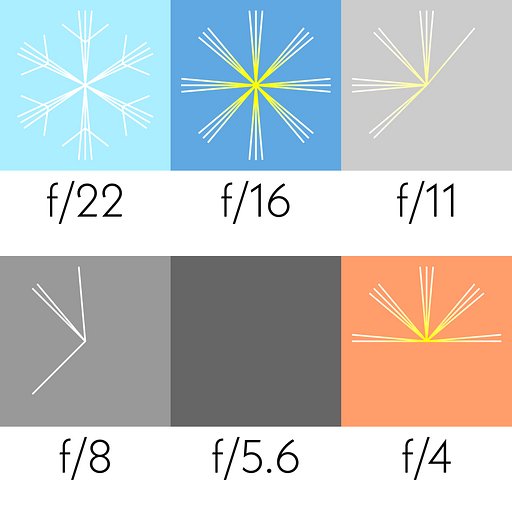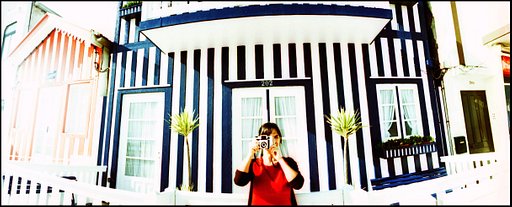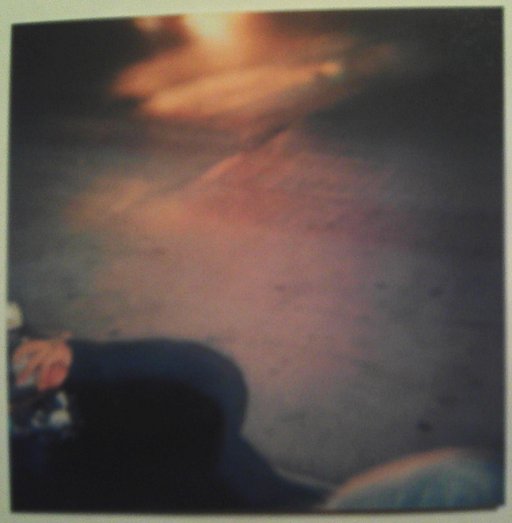How to get the perfect exposure on film every time?
It’s important for film photographers to be adept at exposing their shots because it will lead to consistently better results. Since you cannot see your images right away, being knowledgeable about lighting can help you feel more confident in your process. Here are a few tips to practice that will help to perfect your exposure, so you can capture moments exactly how you envisioned them.
Choose the appropriate ISO
Among the three components of the exposure triangle – aperture, shutter speed, and ISO – the ISO is an independent variable in film. You cannot change it midway through the roll. In this case, especially when using point-and-shoot cameras, a way to achieve proper exposure is by planning ahead. Think of where and when you are most likely to shoot so you can choose a film stock with the appropriate ISO and set your camera accordingly.
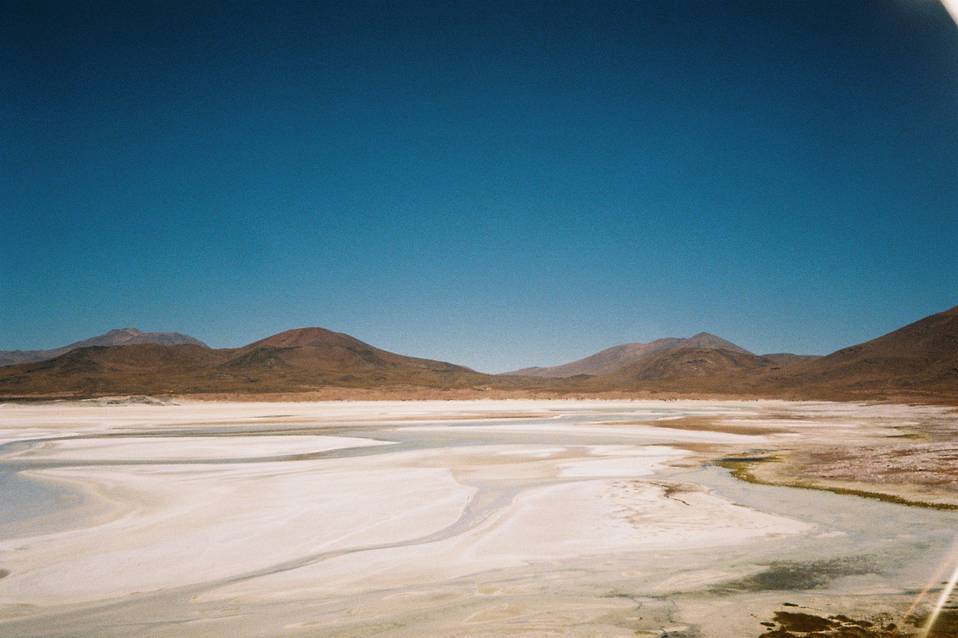
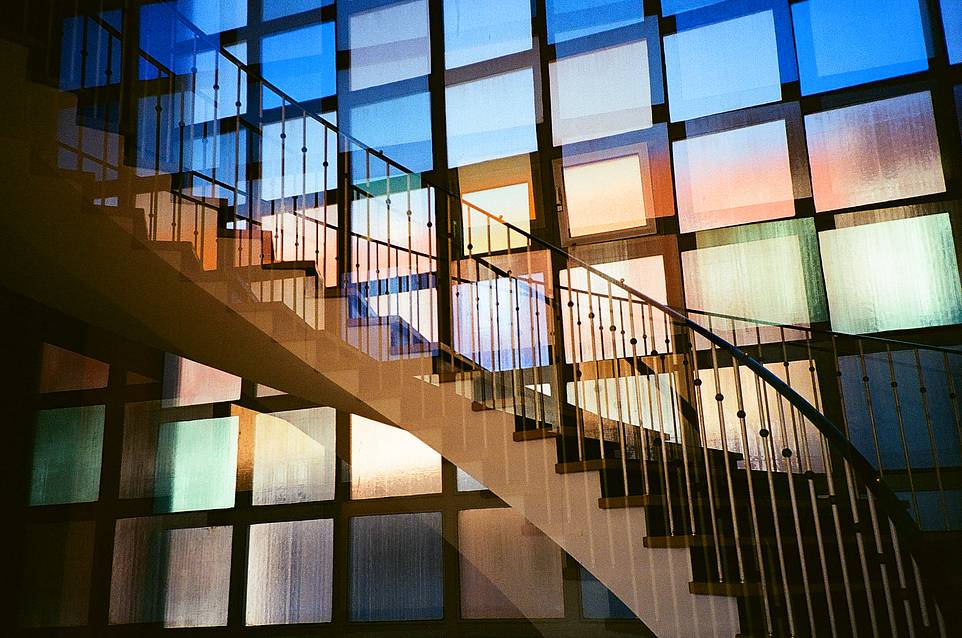
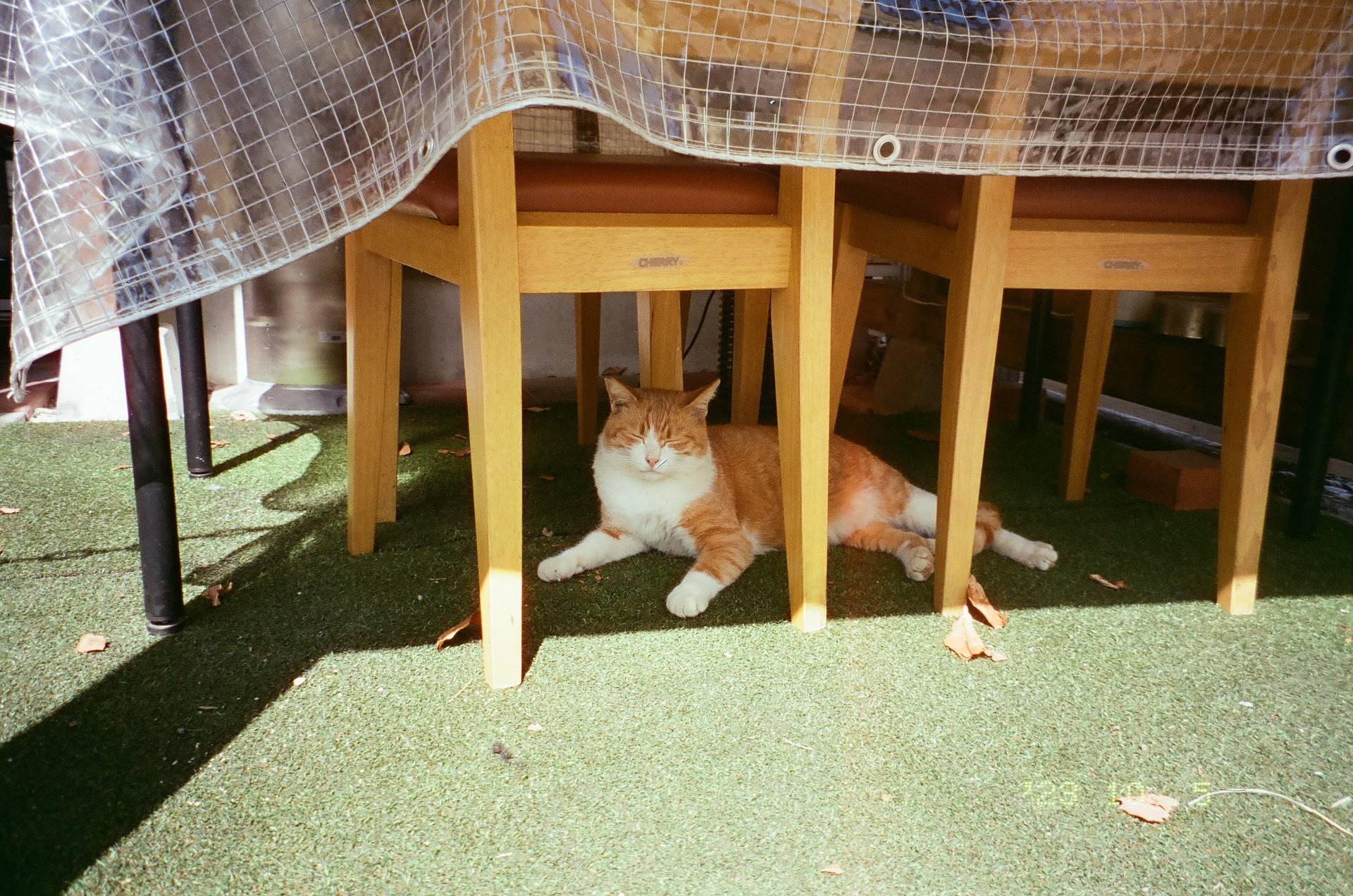
Use a Light Meter
Metering is a useful skill for Lomographers to attain good exposure. It is the process in which a light meter reads the amount of light in the scene you’d like to photograph, and then assigns the right shutter speed and aperture for the camera. There are cameras with built-in light meters, and there are others without. Fortunately, there are external light meters and smartphone apps available. When new to metering (or exposure compensation as you will learn later on), you can try to bracket your shots – using the same subject, take one shot set according to the meter, one shot a stop above, and one shot a stop below. This helps visualize the extent of each stop, and assures that you have at least one properly exposed photo.
Apply the Sunny 16 Rule
In the absence of a light meter or the time to use it, the Sunny 16 Rule is the way to go. It is not as accurate, but can give a good estimate. The basic fundamental of this rule is that on a bright sunny day, your aperture is at f/16 and your shutter speed is what most closely matches your film’s ISO. For example, if you’re using ISO 200 then your shutter speed should be 1/200 seconds. Needless to say, things become slightly more complex if you change your aperture setting or when the weather is different, so we have prepared a Sunny 16 Rule guide.
Try Exposure Compensation
Exposure compensation is when photographers override standard exposure settings. This is primarily for situations where your film of choice does not complement the lighting situation before you. Film cameras usually allow you to rate the film, which makes way for some manual adjustments. For instance, rating your ISO 400 film at 800 leads to underexposure, while rating it lower at 160 creates overexposure. This is because the rating contributes to dictating the quantity of light that the film receives. Undeniably, this can lead to potential loss of detail and contrast, and that’s where pushing and pulling come in.
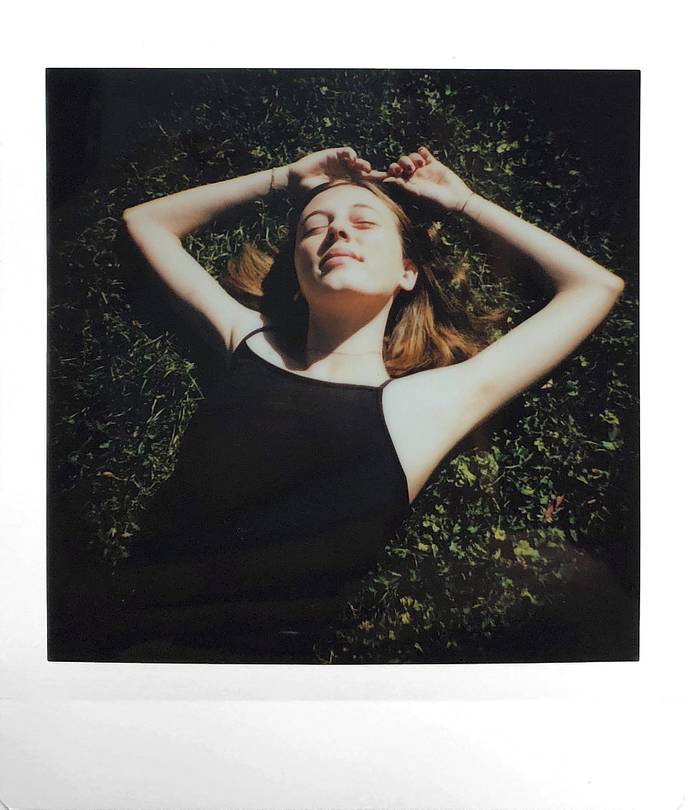
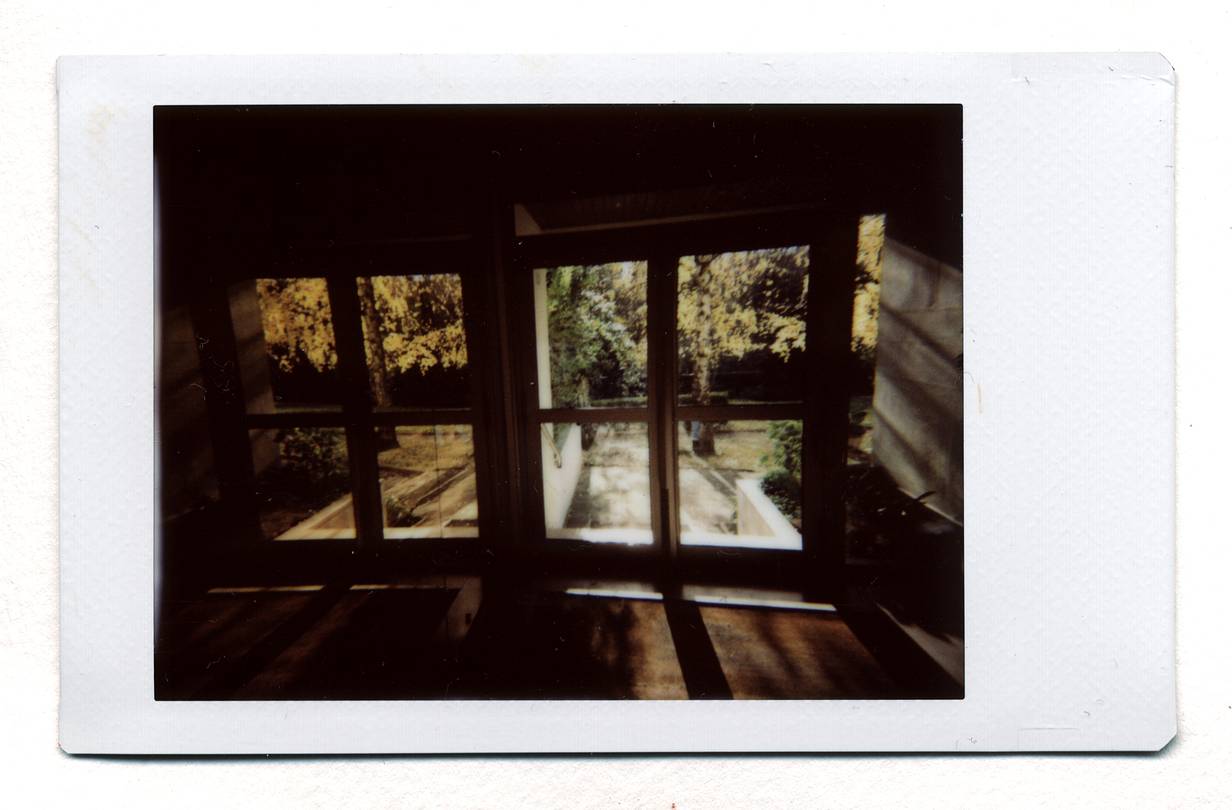
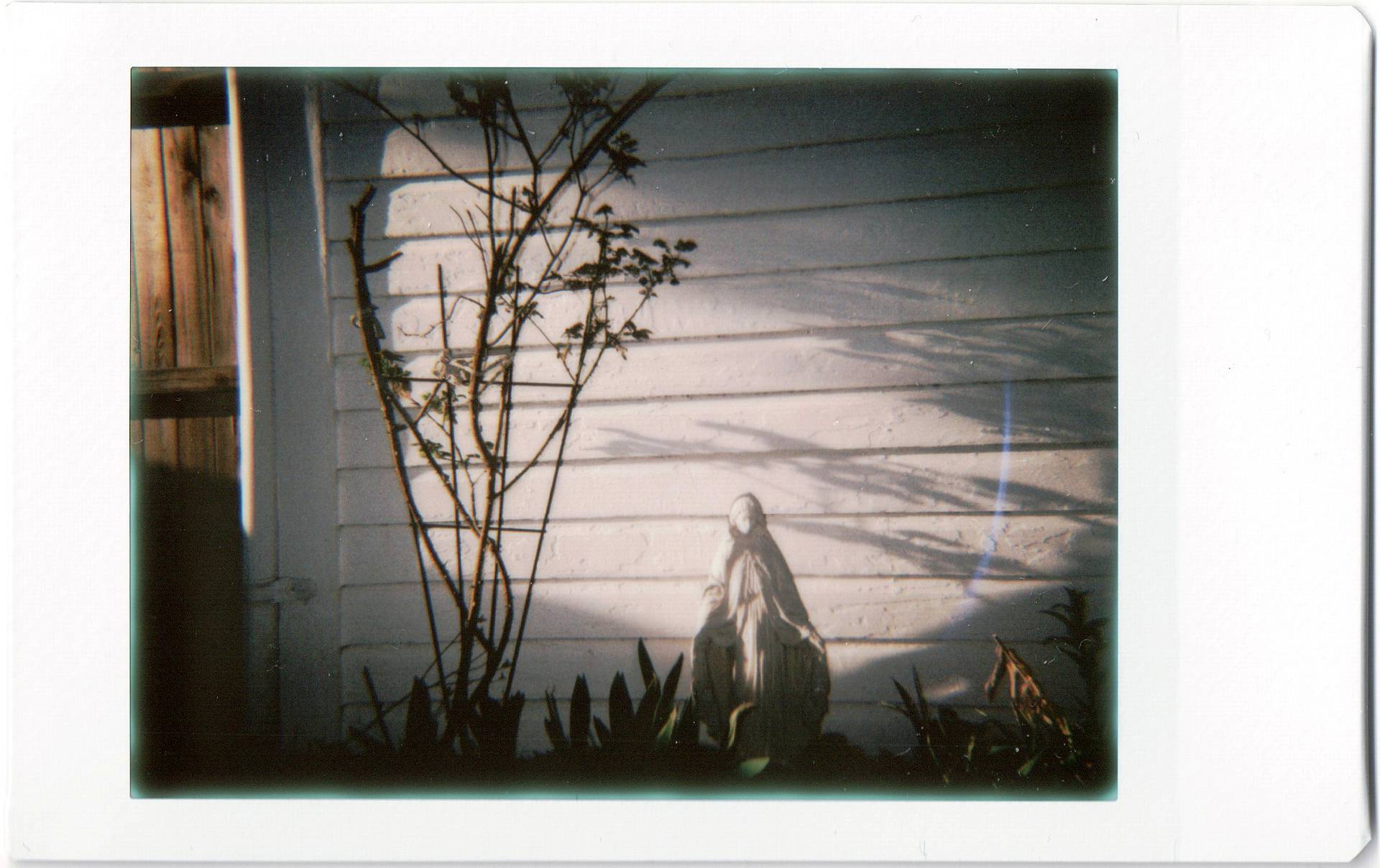
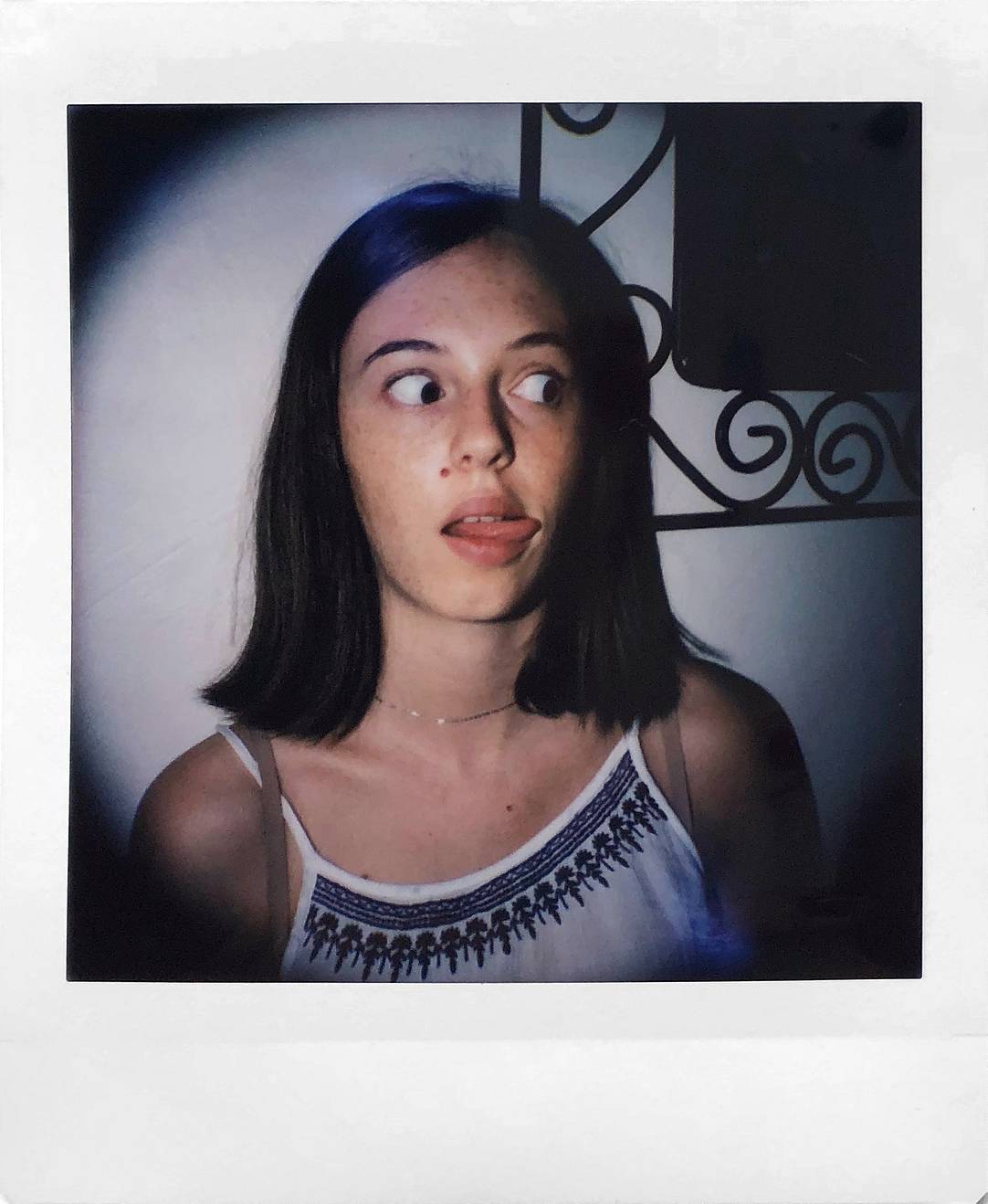
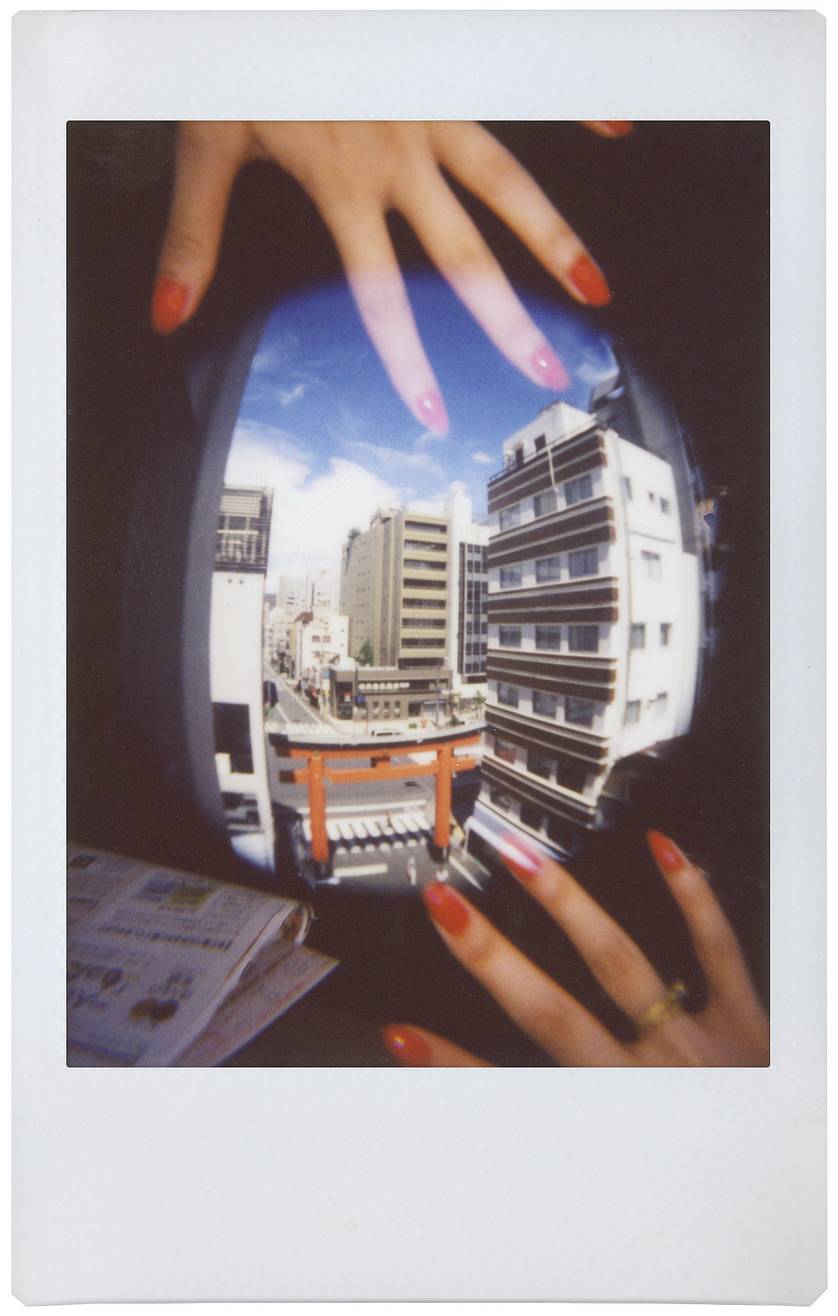
Exposure compensation is available for instant cameras as well. There is a “+1” button to add some brightness and a “-1” button to lessen it. Manually adjusting your gear to get the perfect exposure for the situation hones your creative instinct and ability to gauge what is needed in that moment.
Practice!
Photography is an art that you improve in by constantly practicing. Searching for how to get perfect exposure is a good start. Now, get out there and try it out!
Anything missing?
Can’t find an answer to your question? Or do you have some useful advice to add to one of our courses? We want to build the world’s largest analogue learning space, so please send any further requests or information to school@lomography.com and we’ll take a look!
More Courses
-
Will X-ray machines at airports ruin my film?
Traditional x-ray machines are unlikely to affect film of ISO 800 and lower. However, the new and more powerful CT scanners can damage any and all film. We recommend always asking to have your film inspected manually.
-
What are the different types of film cameras?
From a SLR, to TLR, to rangefinder or point & shoot cameras – find out how these different types of cameras operate.
-
What is the sunny16 rule?
The Sunny 16 Rule is a way to meter for correct exposure during daylight without using the camera’s meter. It is great for photographers who don’t want to get slowed down by metering for every shot or rely too much on their camera’s in-built light meter.
-
What does it mean to overexpose vs underexpose a photo?
Put simply, an overexposed image is one that is brighter than the reality of the scene you’re trying to photograph, while an underexposed image is darker than reality. Overexposure generally means you are giving your film too much light, and with underexposure you have the opposite problem of not enough light.
-
Can I switch lenses while my camera has a film inside?
It depends, but the answer is usually yes! Most SLR cameras have a focal-plane shutter, making it possible to safely switch your lenses while your camera has film inside. However, there are some cameras that have a leaf shutter, which causes risk of damaging your photos when changing your lens mid-film roll.
-
What is parallax error and how can I avoid it?
Parallax error, also known as a viewfinder error, is the shift in the apparent position of your subject due to the difference between what your lens sees and what your viewfinder shows. This can affect a photograph’s composition, framing and depth, but there are easy steps we can take to minimise it from happening.
-
What does exposure compensation mean?
Exposure compensation is a feature that lets you to override the camera’s light meter reading by allowing the photographer to control how dark or how bright a photo will turn out before snapping a photo.
-
Do I have to load film in my camera in the dark?
There’s no need to load film in the dark but going under the shade or subdued lighting are ideal conditions when loading film.
-
What is the difference between a full-frame and half-frame camera?
Full-frame film cameras create an image across the entire 36 mm by 24 mm frame. Whereas half-frame cameras can fit two images onto one frame and each image measures 18 mm by 24 mm.
